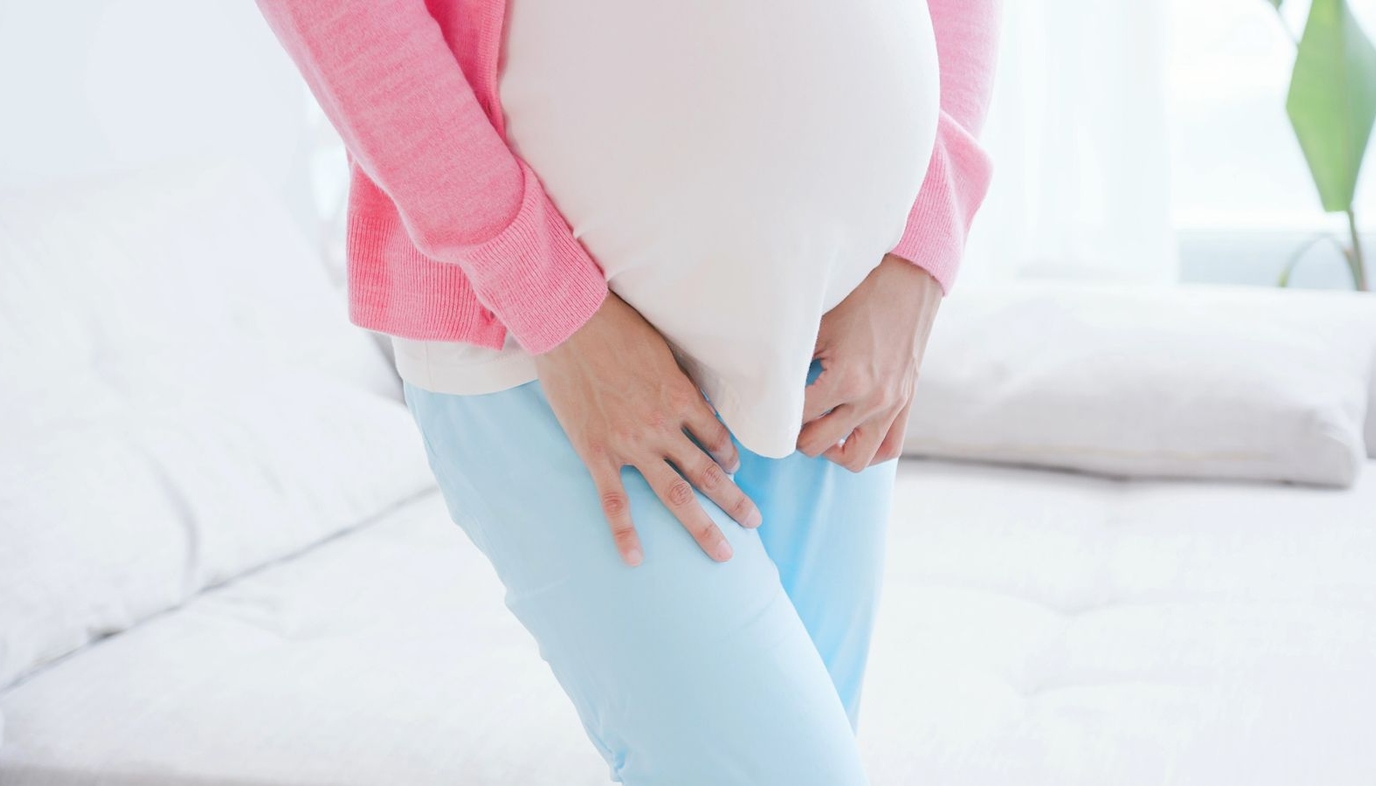
When you’re expecting, there can be some annoying changes to bodily functions you may not have expected. One of these is occasional leakage of urine when you laugh, cough, or lift something.
This leakage is known as “urinary incontinence” or UI. It simply means you’re having an involuntary trickle of urine. Even though this is a fairly common problem among pregnant women, it can be embarrassing and distressing.
Urinary incontinence occurs in:
- 42 percent of pregnant women who have previously given birth (often related to pelvic damage from prior childbirth)
- 31 percent of pregnant women who have never given birth (“nulliparous”)
What Causes Urinary Incontinence?
When a pregnant woman laughs or sneezes, such actions may exert pressure on the abdomen and cause urine to leak out. Don’t worry, since most expectant women experience such leakage of urine less than once a week (and it’s usually just little droplets).

This incontinence can occur both before pregnancy and during it. The National Institutes of Health (NIH) report that in a study conducted at the University of Bergen, researchers found that incontinence both before and during pregnancy seems to be associated with parity, age, and body mass index. In other words, if you’re an older mom and have previously given birth, your chances of having UI are greater.
However, this study also found that women who lost more pounds after delivering their babies had a lower risk of urinary incontinence. Weight gain after delivery was associated with an increased risk.
In general, it has been found that the frequency of incontinence can increase from 26 percent before pregnancy to 58 percent during the 30th week of gestation.
- For women who have never given birth, the comparable percentages were 15 and 48 percent
- For expectant moms who had previously given birth (“parous” women), those figures were 35 and 67 percent
Most Common Type of Urinary Incontinence
Expectant women who have UI most often have “stress urinary incontinence.” This is especially noticeable in the 30th week of pregnancy. In stress incontinence, muscles that support the bladder and urethra have been weakened. This weakness may be caused by childbirth, injury to the urethra area, some medications or surgery in the pelvic area.

These valve muscles (bladder sphincter) cannot seem to prevent urine from leaking out if any pressure is put on the abdomen (e.g., when you sneeze, cough, or laugh). When a woman is pregnant, the growing uterus can put extra pressure on the bladder. This additional pressure can overcome the bladder sphincter muscles and those at the pelvic floor.
Further, childbirth may affect the ability of the bladder to hold in urine due to the following:
- Bladder and urethra have moved during delivery of the baby
- Nerves that control the bladder have been damaged
- An episiotomy—an incision made in the pelvic floor muscle that is intended to make it easier for the fetus to come out of the womb
What You Can Do About Urinary Incontinence
There are a number of techniques you can use to manage urinary incontinence. Apply behavioral methods. These can include bladder training or urinating according to a certain schedule or time-frame. You might want to try one of the following approaches:
- Use a chart or journal to jot down the times you urinate and when your body has an involuntary leakage of urine. This may show you a pattern of leakage, so you can go to the bathroom at those times and dodge future leakage issues.
- Delay a little longer before you go to urinate. For example, you can begin by planning to visit the bathroom once an hour. Follow this pattern for a period of time. Then you can adjust the schedule to visit the restroom every 1-1½ hours. Next, increase the time between visits to once every two hours. Then continue lengthening the intervals till you reach three or four hours between visits to the bathroom.
- Try to postpone a visit to the bathroom for 15 minutes with the first urge. Continue doing this for about two weeks and then lengthen the time-frame to 30 minutes, and so on. With a commitment to a management plan, things can improve!
